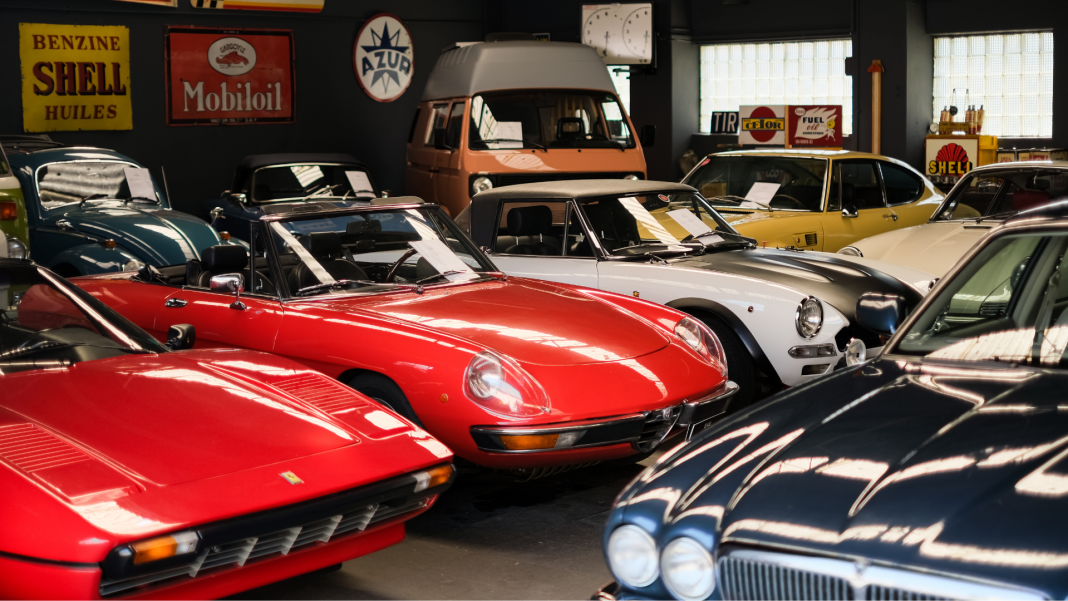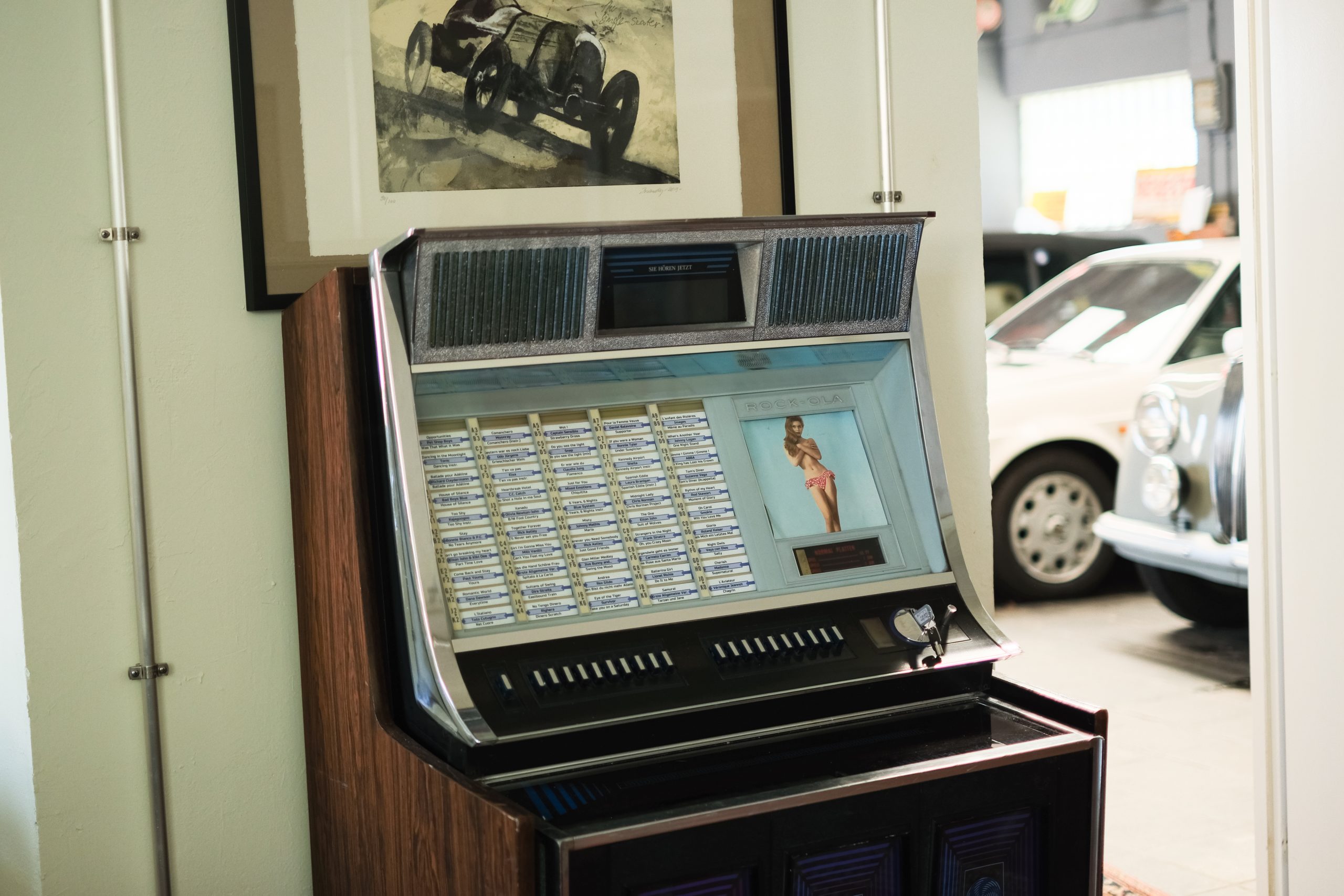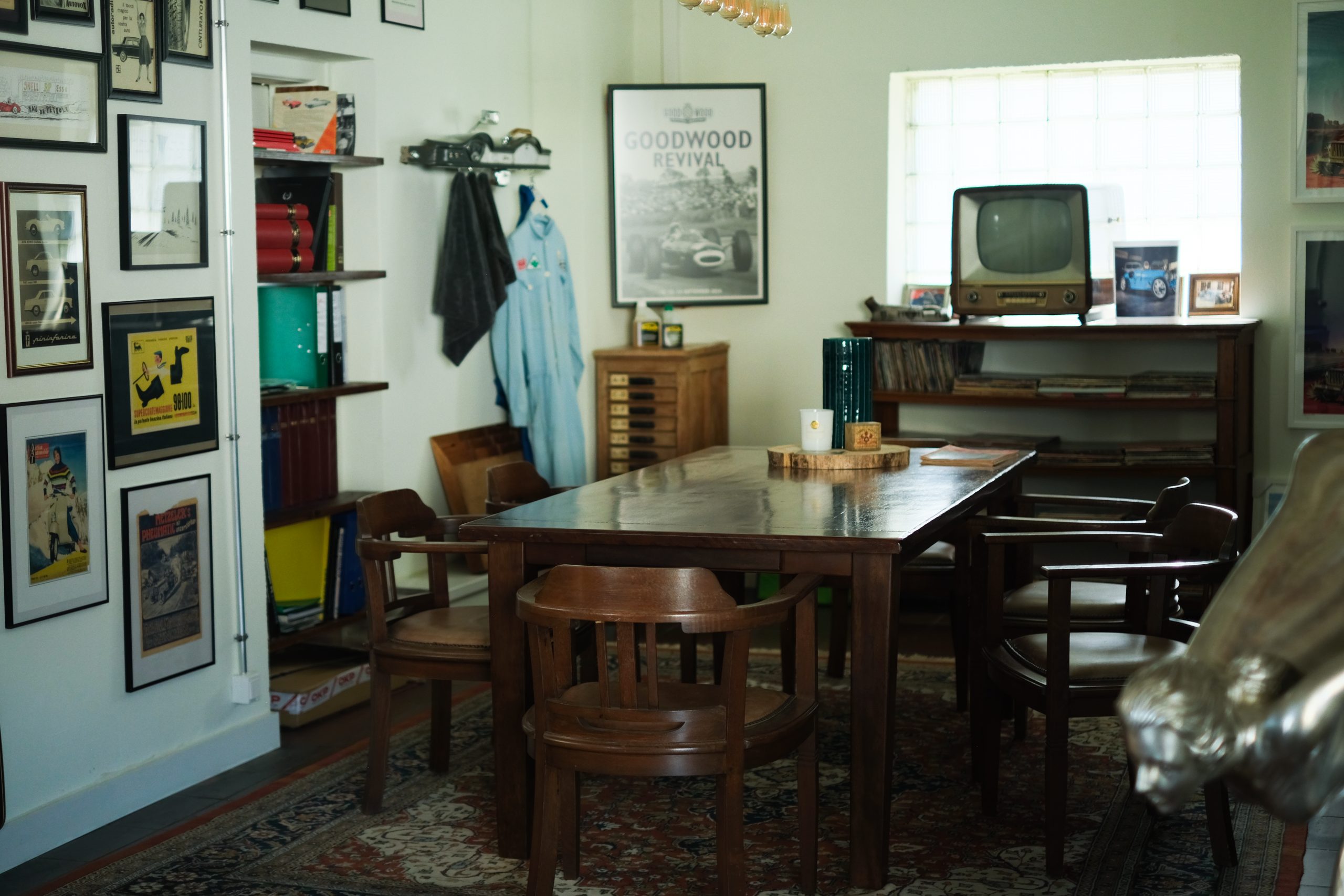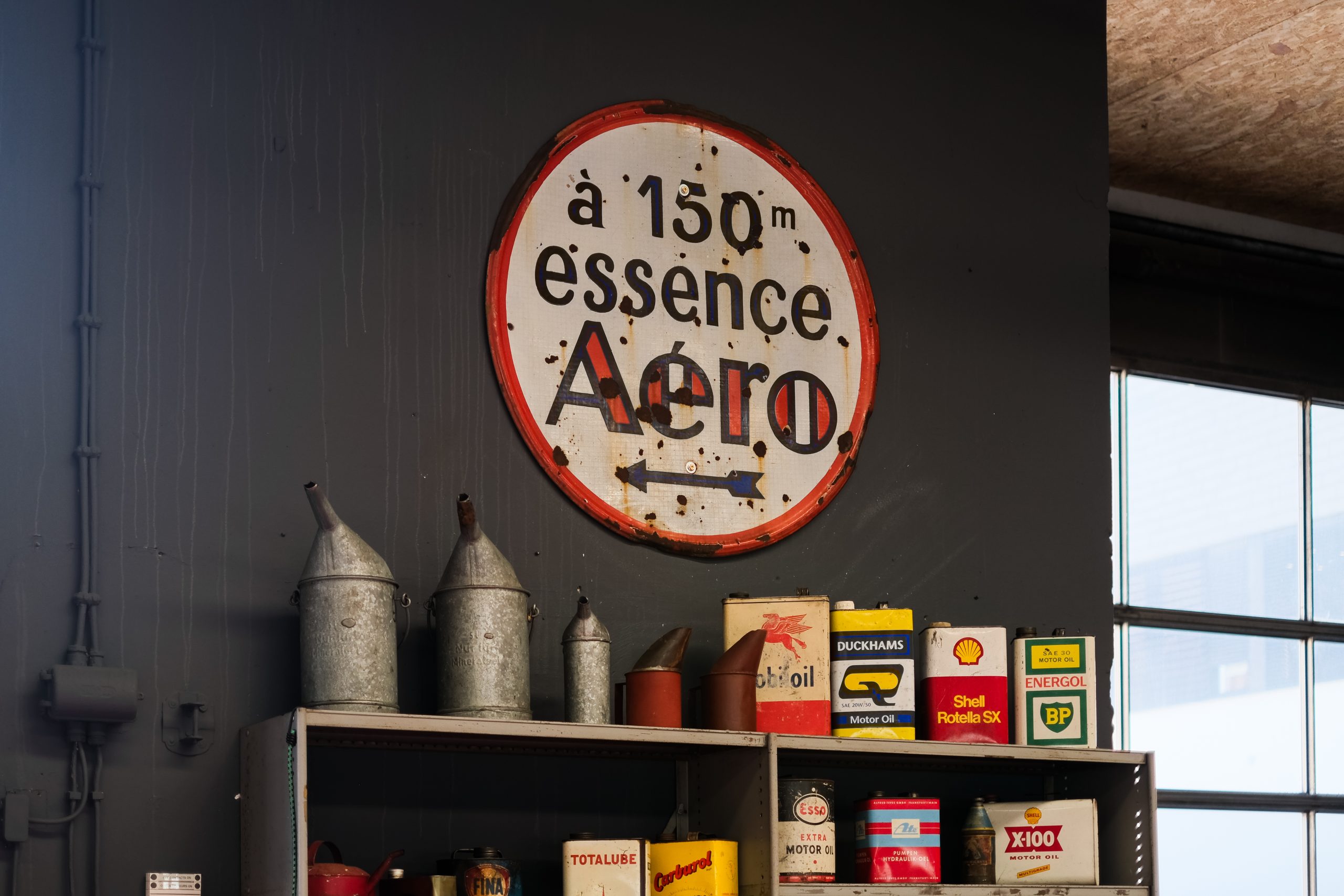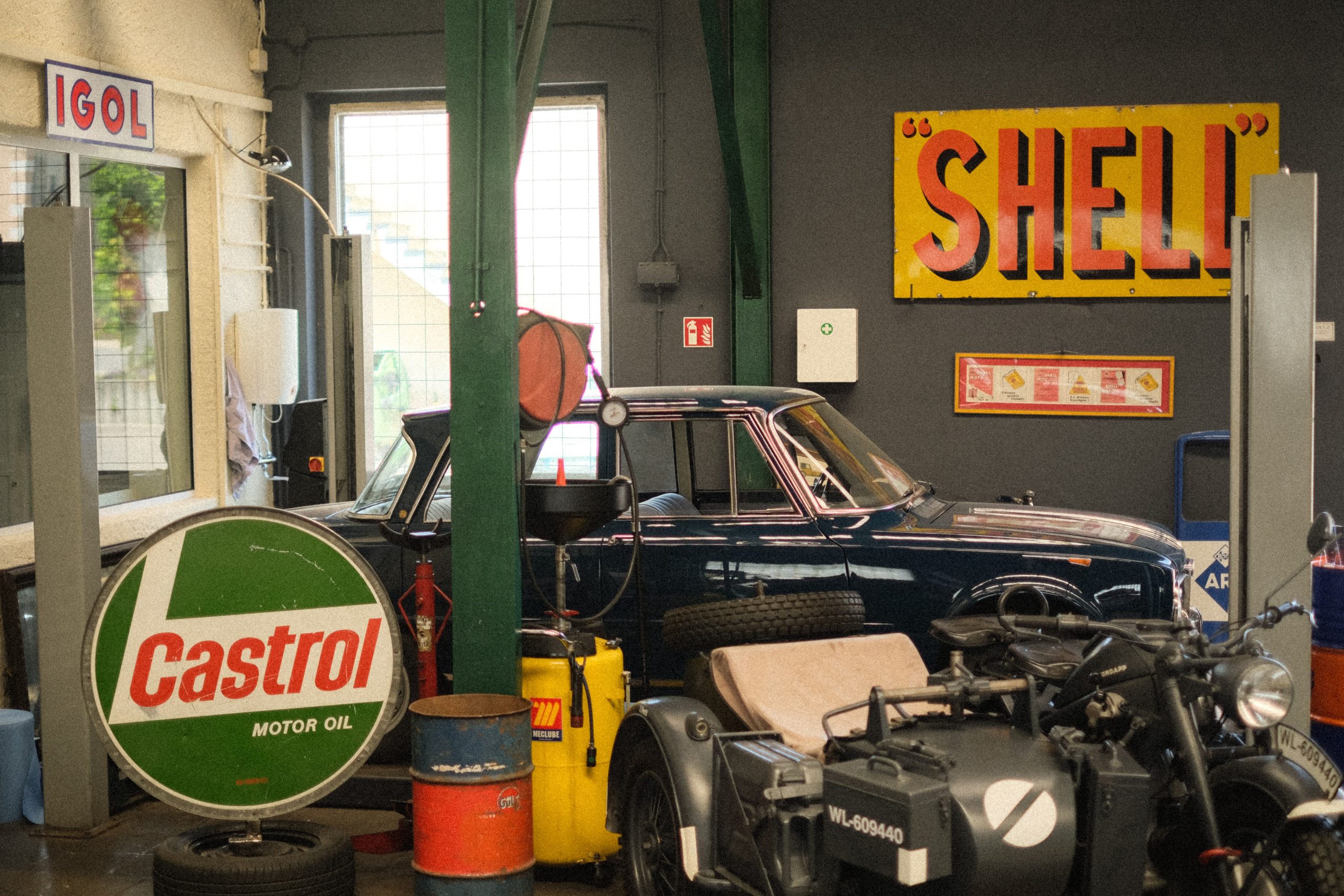Discover Luxembourg’s thriving classic car scene, where passion drives collectors—from vintage Fiats to rare Porsches—blending nostalgia, community, and smart investing in timeless vehicles.
The first thing that hits you upon entering Eau de Pétrole is the scent—a nostalgic blend of engine oil and the faint, musky aroma reminiscent of hidden treasures in an attic. It’s an olfactory invitation to step back in time. Sunlight filters through the windows, bouncing off the gleaming chrome and polished paintwork. To my left, a 1937 Fiat 500 Topolino sits proudly, a testament to automotive history. Nearby, a soft-top Saab 900 catches my eye, and I’m immediately transported to childhood memories: cassette tapes blasting 1980s rock bands, the soft upholstery beneath my skin, and the thrill of discovery. I glance at the price tag and briefly consider if such a slice of history could be mine.
Luca Turci beckons me deeper into Eau de Pétrole, a 1950s Renault garage transformed into a showroom in Steinfort. At 28, Luca is notably younger than most of the vintage cars he sells and cares for, yet his passion and expertise betray decades of experience. “It all began when my dad bought his first classic car in 1995, a Fiat 1100, just like his father before him,” he recalls. “I was born in 1996, so there was always a classic car in our garage.”

Luca and his father spent countless hours restoring that Fiat 1100, an experience that cemented his love for classic cars. When he was old enough to purchase his first vehicle, the choice was a given: “A 1983 Fiat Panda!” This boxy, utilitarian hatchback with its flat glass windscreen might not win beauty contests, but to Luca, it represented a profound personal connection. “My grandpa used to pick me up every day from school in a Fiat Panda,” he reminisces. “When I finally had my own, I took him for a drive in it.”

These kinds of stories—where cars are woven into the fabric of family history—are what make Luca’s work so rewarding. Today, he notes, most clients aren’t buying classic cars purely as financial investments but as a way to invest in themselves, their memories, and their lifestyles.
A collector’s playground
Classic cars—those 30 years or older—and “youngtimers”, the slightly newer but cult-worthy models, are increasingly visible on Luxembourg’s roads. The country’s light vehicle taxation, high-quality roads, and skilled ecosystem of mechanics, federations, and storage facilities make it uniquely friendly to collectors.
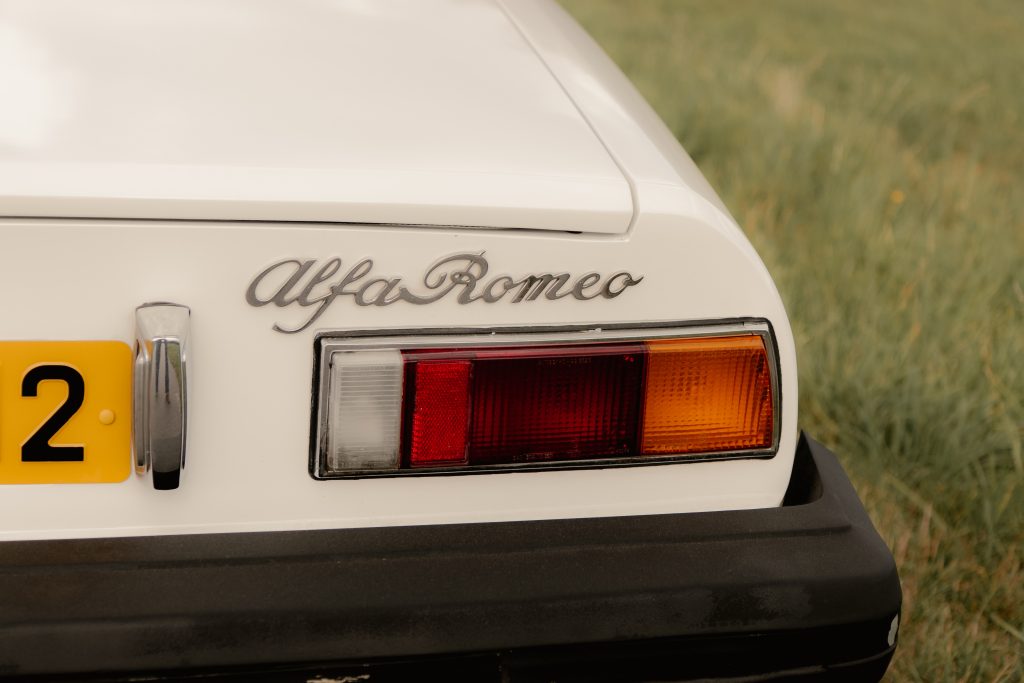
Entry isn’t reserved for the wealthy—models like the classic Fiat 500 can start around €6,000. But ownership goes beyond purchase. Vehicles from before the 1980s rust easily and need dry, secure storage—something in short supply in urban Luxembourg. That’s where concierge services like Luca’s come in: maintenance, secure storage, and “ready-to-drive” preparation.
One such passionate collector is Anne Kieffer, a Luxembourg-born product designer whose love of classic cars runs deep, inspired by her car-loving family. Her eyes light up as she recalls her grandmother driving an array of classics, including an Alfa Romeo Spider, Citroën Méhari and Range Rovers. “For me, the smell of the car is paramount—the interior, the engine, the sound,” she explains, encapsulating a lifelong fascination with vehicles as expressions of design and emotion.
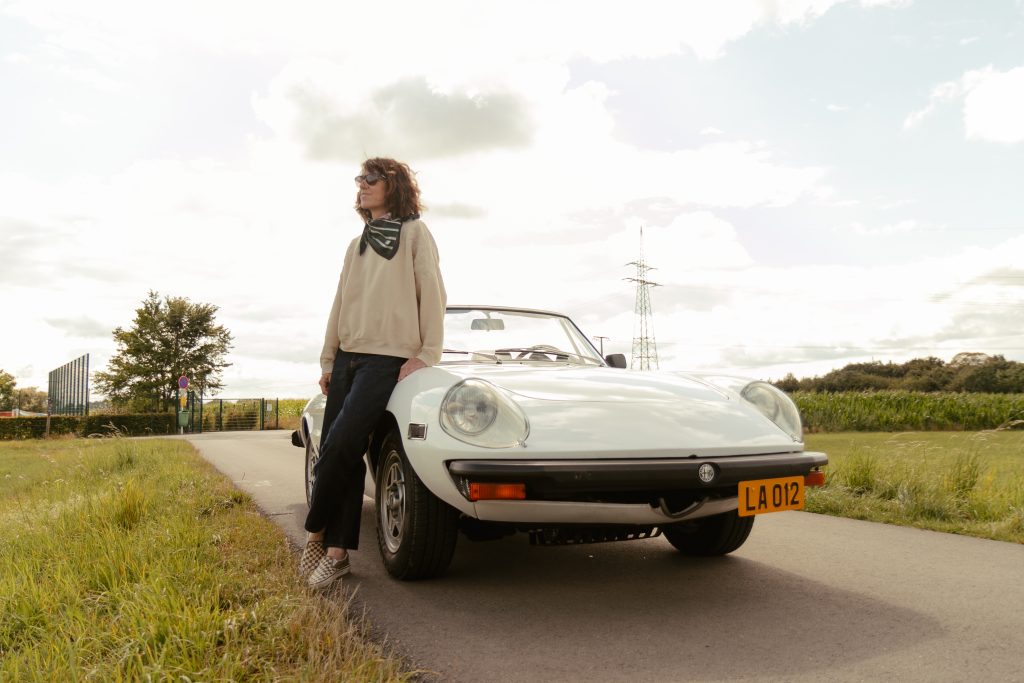
Anne studied transportation design in California and later worked at Fiat. Her first car was a 1968 VW Beetle and then, while studying in the US, a 1978 Alfa Romeo Spider, which she shipped to Europe.
Today, her collection centres on Porsches and Alfa Romeos, including a 1983 Porsche Turbo and a rare 1992 Porsche RS, her favourite. “It’s my coup de cœur because it’s very strong. You have to constantly be focused when you drive it. But it’s so precise and made for speed,” she laughs.
Though she sees her cars as passion projects rather than assets, Anne admits the RS might be an exception. Nevertheless, she doesn’t leave them at home, taking them to track days at Spa-Francorchamps or the Nürburgring.
While she acknowledges that the car-collecting community remains male-dominated, she notes that some events foster more inclusive environments. For her, the social aspect—forming friendships through shared passion—is as important as the vehicles themselves. “Driving is my yoga,” she laughs, describing the almost spiritual joy she finds behind the wheel.
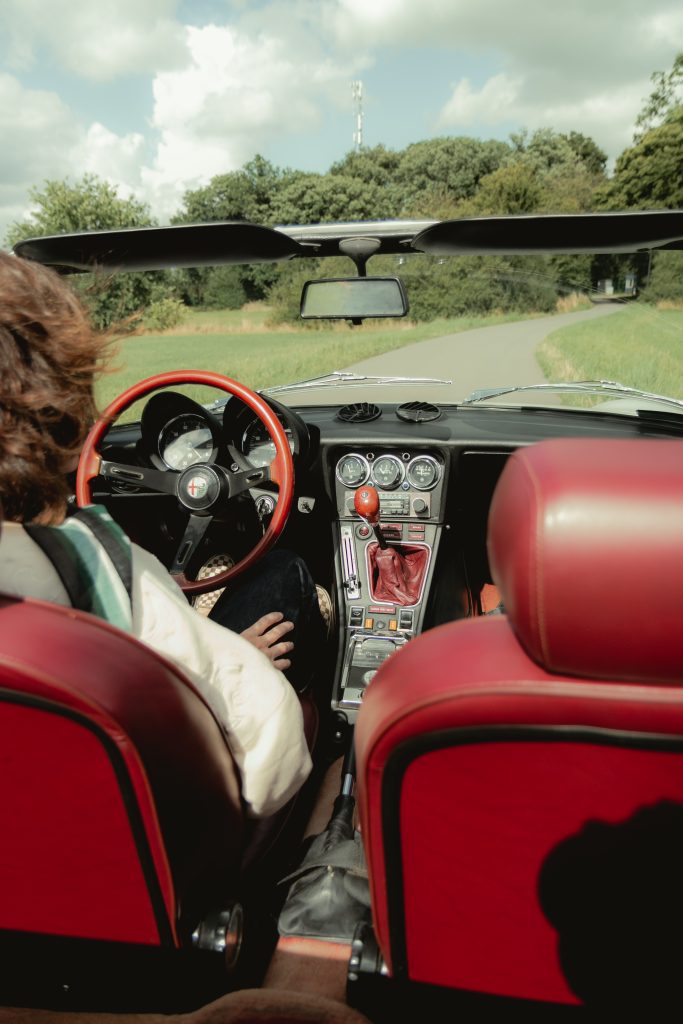
Emotion over speculation
Just a 20-minute drive from Steinfort, GRIDX in Wickrange is Luxembourg’s newest multi-experience destination, with a strong focus on all things automotive. Head of automotive, Thomas Berns, advises clients to prioritise emotion over speculation. Still, he sees investment opportunities: “Buy rare cars in slightly unusual colour combinations and with a clear and interesting history.”
Care is also key for any vehicle to maintain or gain in value. GRIDX offers full-spectrum services—valuation, restoration guidance, maintenance tracking, and storage. Customers range from collectors with rare pre-war Delages and Mercedes 300 SL Roadsters to humble Renault R4s. Cars can be stored out of sight or displayed in glass boxes for visitors to enjoy.
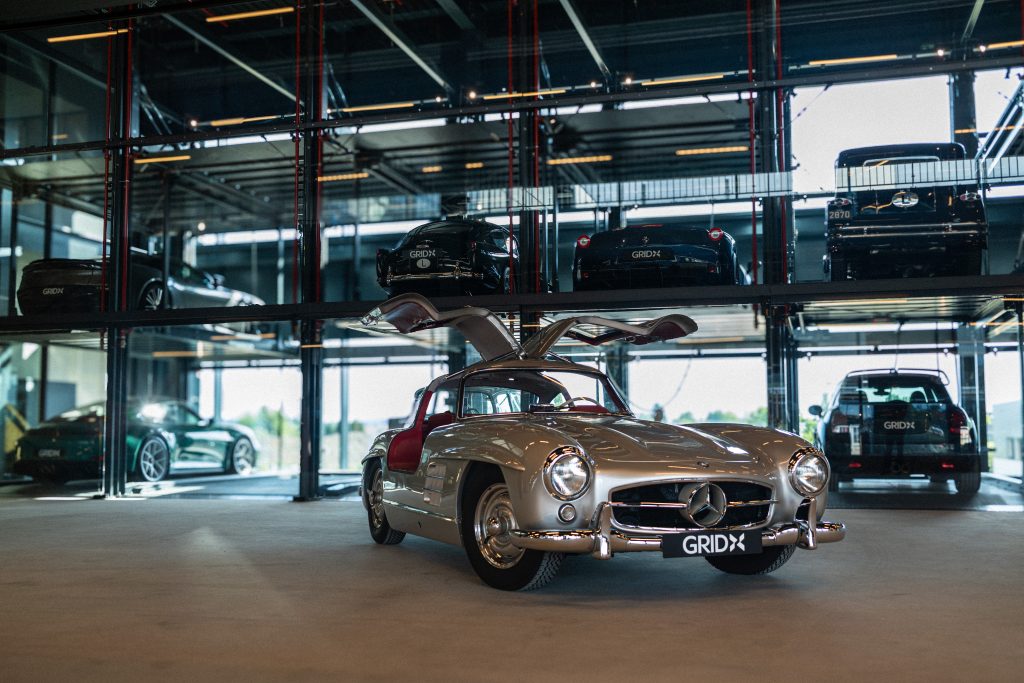
“The market is constantly evolving,” says Thomas. “Over the past decade we’ve seen younger collectors enter, with very different preferences.” This generational shift has fuelled the rise in value of youngtimers like the Ferrari F40, Porsche Carrera GT, and McLaren F1. Meanwhile, pre-war vehicles have lost favour. “They’re increasingly difficult to sell, despite their historical value,” he says, though he doesn’t rule out a comeback.
As for the next hot investment? “Hard to say,” Thomas muses, “but the collectible cars of tomorrow have already been built.”
Shifting Gears: The Future
The future of classic car collecting is not without challenges. Europe’s stringent CO2 emissions targets, aiming to phase out fossil fuel vehicles by 2035, have collectors contemplating their cars’ long-term usability. Many cities with low-emission zones grant exemptions to classic vehicles, recognising their cultural and historical importance. Luca sees classic cars as “maybe your third car” — not suited for daily urban driving, especially where restrictions apply. “You wouldn’t want to be stuck in city traffic in a classic car. That’s not the fun part!”
Anne agrees. “It’s a beautiful world and it will stay,” she says. For her, classic cars are more than machines—they’re design icons, pieces of history, and portals to joy.

As one collector once told me: “A long drive in a classic car is like slow food. You never know if you’ll reach your destination.” In a world of instant everything, perhaps that’s the greatest luxury of all.
Tips on Collecting for ROI
Classic cars can deliver strong returns—some appreciating over 500% in the past 15 years. Focus on rare, low-production models with racing heritage and timeless design. Youngtimers from the ’80s–’90s, especially from Ferrari, Porsche, Toyota, BMW, and Lancia, are gaining value as younger collectors enter the market. Originality, low mileage, and solid provenance are key. But not all classics appreciate—mass-market or poorly kept cars rarely pay off. Factor in running costs, storage, and shifting market trends before investing.
When budgeting, storage costs start around €300/month depending on the concierge package.
This article was published in the 7th edition of Forbes Luxembourg.
Read more articles:
Jacques Schneider Gears Up For “Lëtzebuerg Spirit” Exhibition
Georges Weyer: Timing Is Everything
Casa Duques: A Refined Taste Of Spain In The Heart Of Kirchberg

